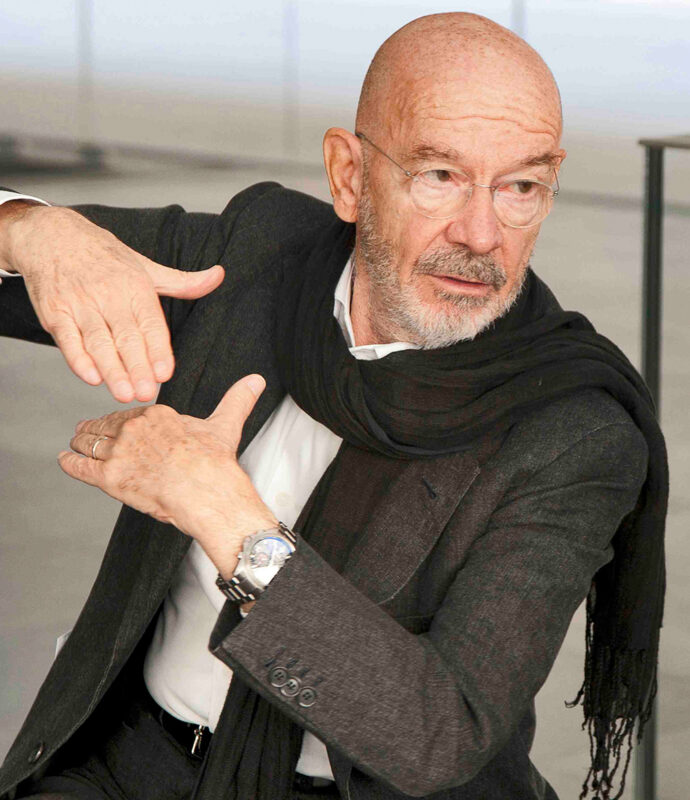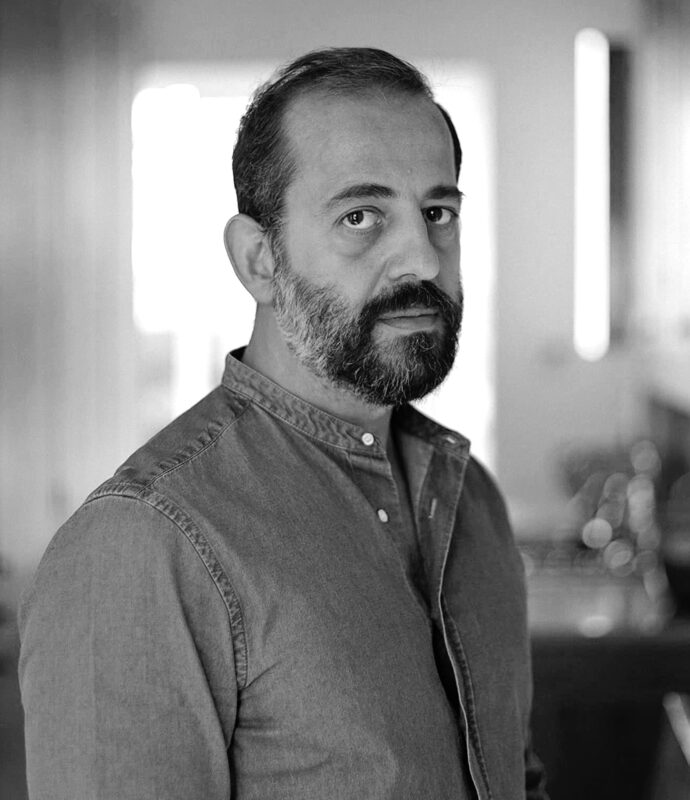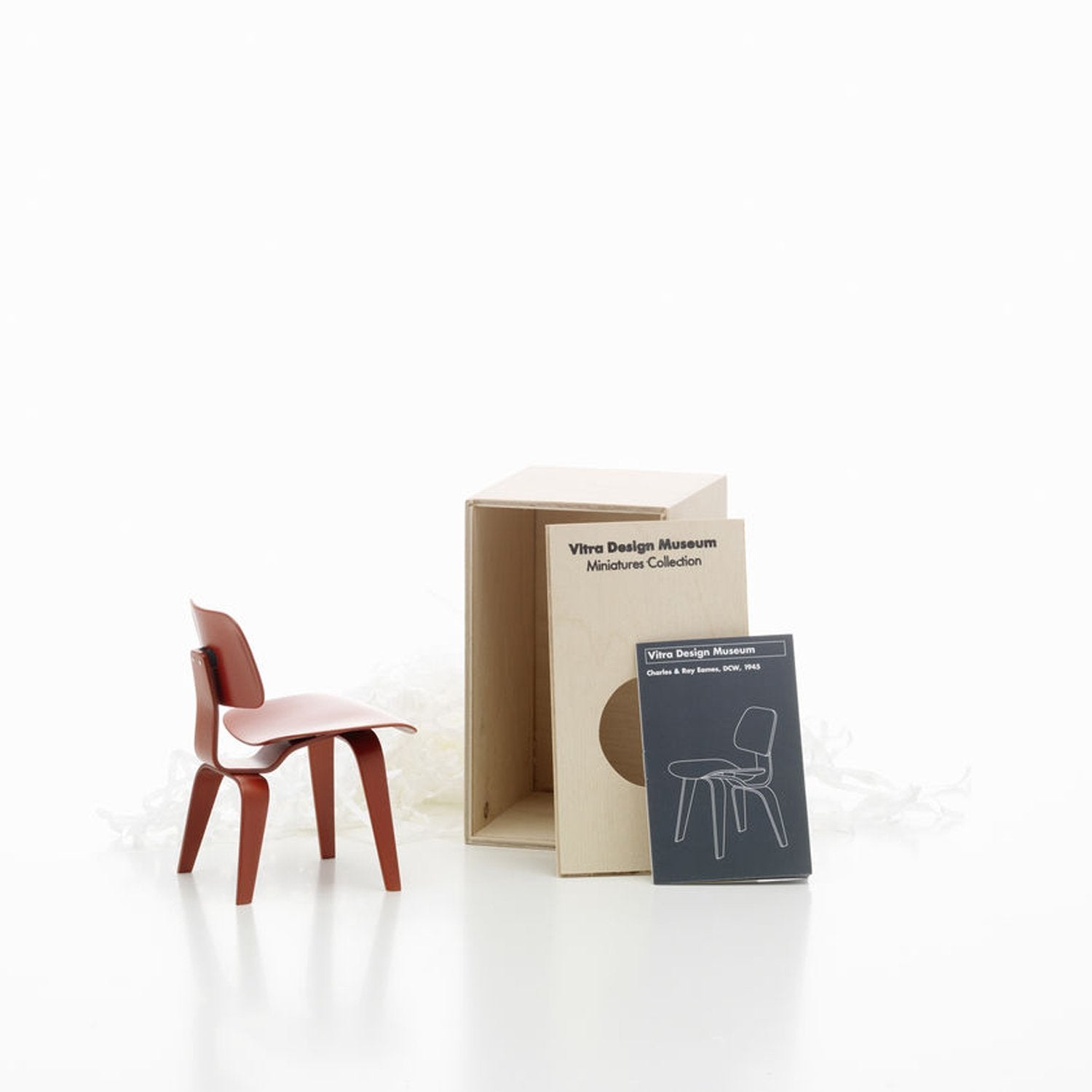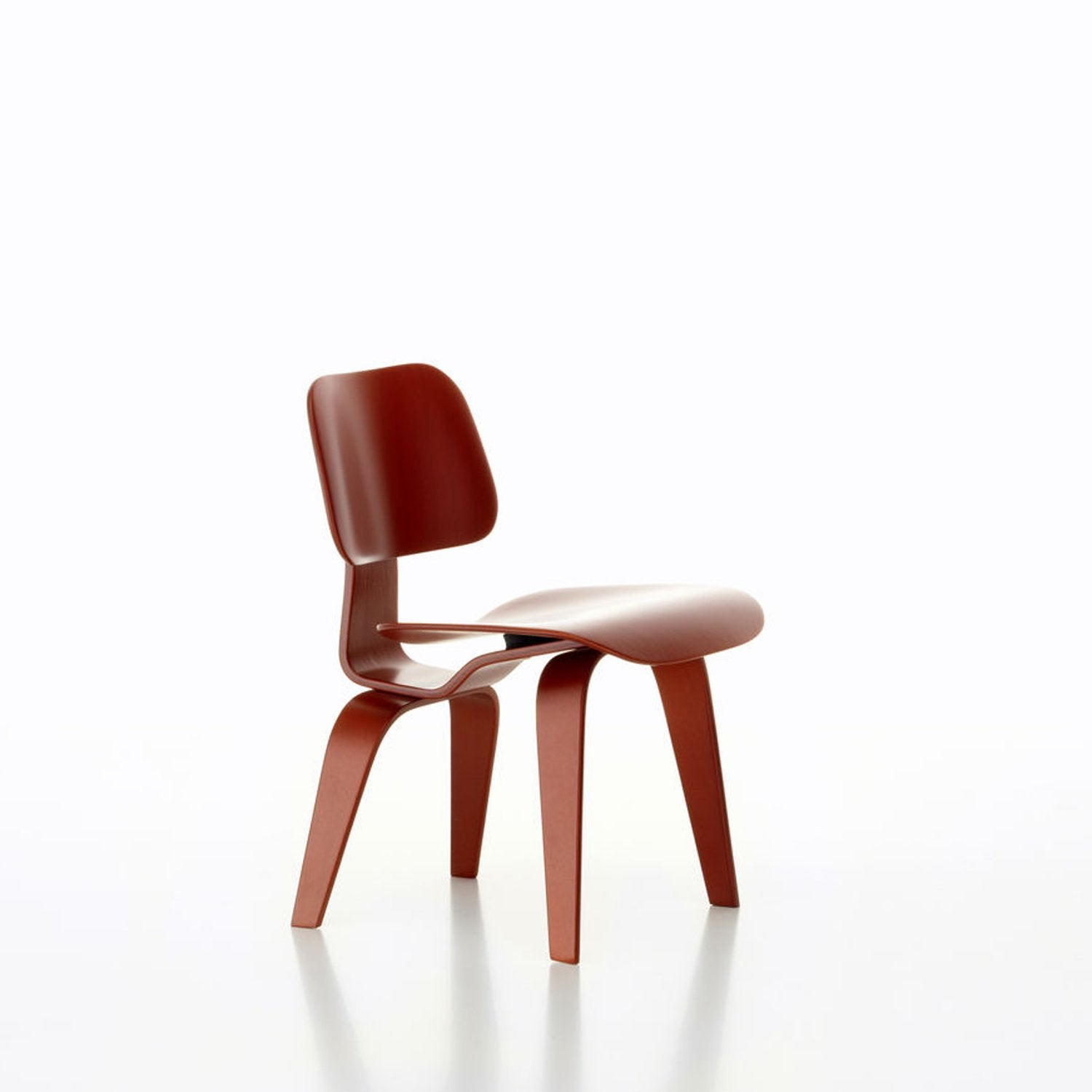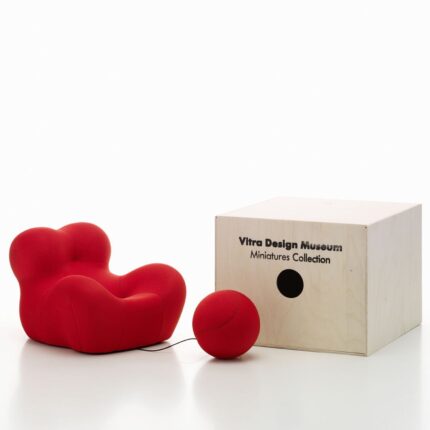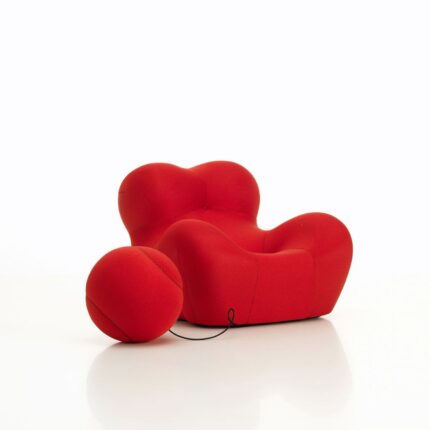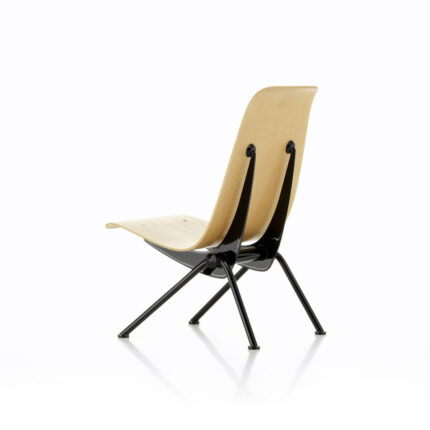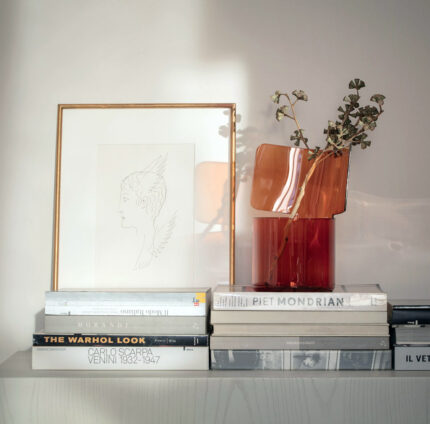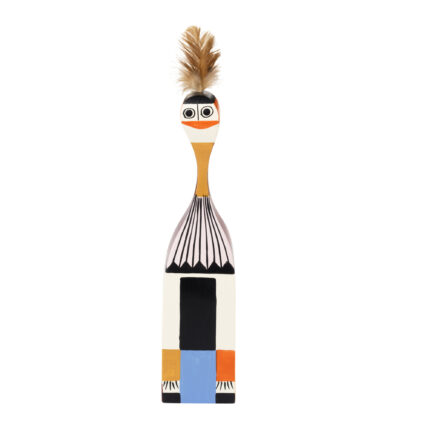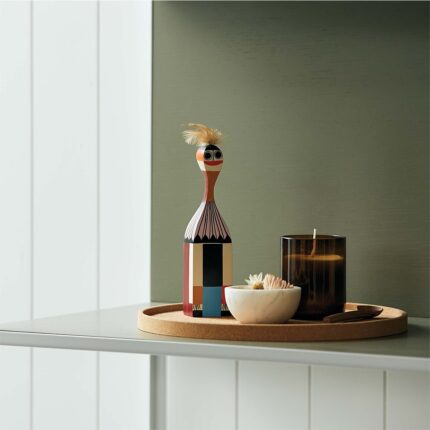DCW Chair Miniature
€274,80
In 1940, Charles Eames and Eero Saarinen developed a chair with a new plywood seat transformed into a three-dimensional form for a competition sponsored by the Museum of Modern Art in New York. However, it was not possible to produce the chair commercially due to inadequate technical methods.
It was seldom possible to form plywood into a three-dimensional form without it breaking or shattering. In the following years, Charles and Ray Eames concentrated their efforts on developing a new method.
| Brand | |
|---|---|
| Designer | |
| Design year | |
| Color |
Light Brown ,Red |
| Material |
Wood |
| Origin |
Germany |
You can contact for detailed information.
In 1940, Charles Eames and Eero Saarinen developed a chair with a new plywood seat transformed into a three-dimensional form for a competition sponsored by the Museum of Modern Art in New York. However, it was not possible to produce the chair commercially due to inadequate technical methods.
It was seldom possible to form plywood into a three-dimensional form without it breaking or shattering. In the following years, Charles and Ray Eames concentrated their efforts on developing a new method.
The plywood chairs DCW (Dining Chair Wood) and LCW (Lounge Chair Wood) are the result of this long-term experiment. In 1945, Charles and Ray Eames returned to the idea of a seating shell made of molded plywood, but the results were unsatisfactory. They abandoned the multifunctional shell and divided the seat and backrest into separate, freely articulating elements connected by a spine (frame). Each element has a clearly defined function, which it fulfills in the best way with the minimum amount of material. “Shock absorber holders” are rubber discs glued to the wooden surface that connect the seat and backrest to the frame made of wood or metal, which is available in two different heights as a dining chair or chaise lounge.
Scale : 1:6
Dimensions (cm):
Height: 12 cm x Width: 8 cm x Depth: 9 cm
Delivery
- Your orders in the online stock will be delivered within 5 business days at the latest in Istanbul.
- The delivery time of customizable products varies according to product specifications.
Cargo
- Your product is packaged and delivered to you by the Mozaik delivery team in accordance with the procedures.
- Shipping costs depend on the size of your order and the requested destination.
100% Original
Mozaik is an authorized dealer of world famous design brands. All products sent from Mozaik are original and under warranty.
The brands have been selected for the high quality and standardized control of their production.
Guarantee
The quality of our products is at the top of their category and the way we stock and ship them is done in a way that guarantees the safety of the products.
Manufacturers provide a guarantee depending on the type of product. The service is provided directly by the manufacturer brands.
Product Information Request Form
You might be interested
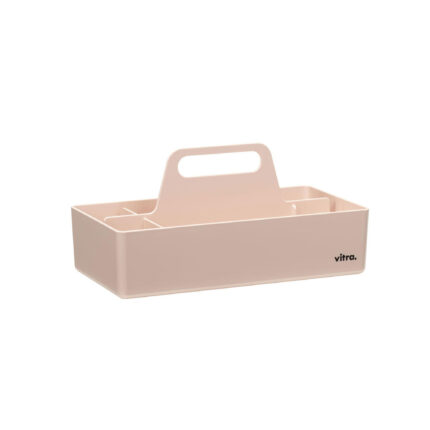
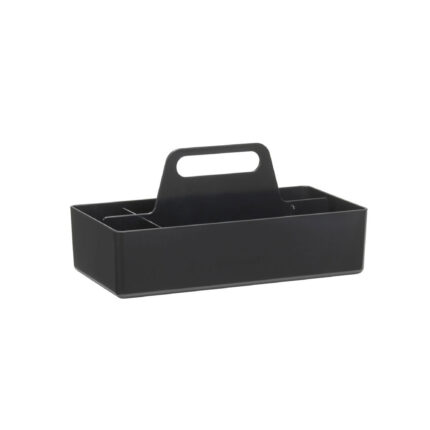 Black
Black
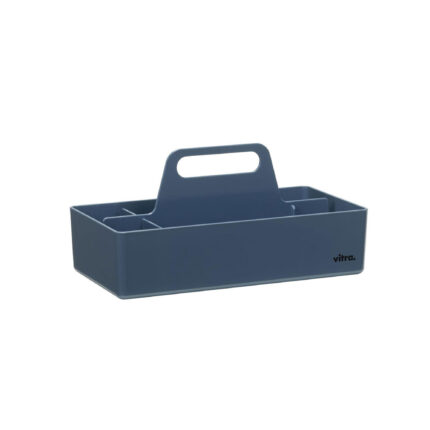 Blue
Blue
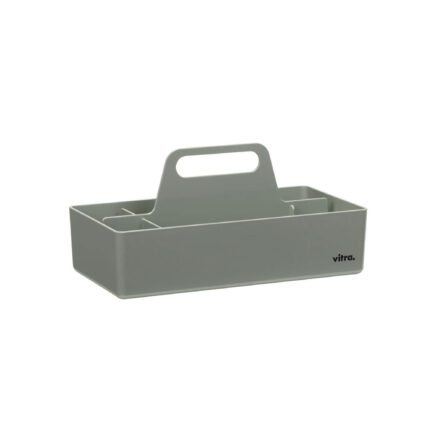 Gray
Gray
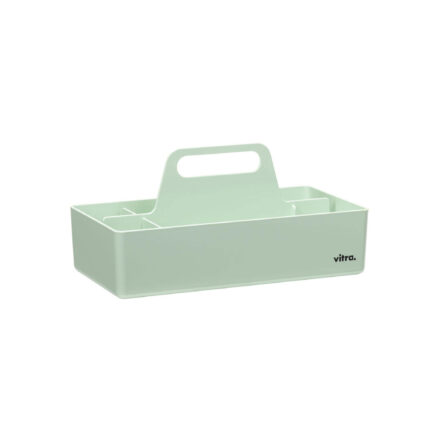 Light Green
Light Green
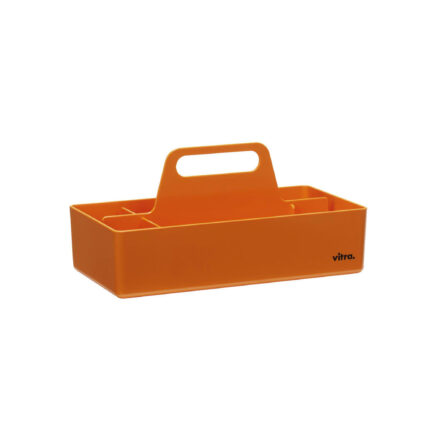 Orange
Orange
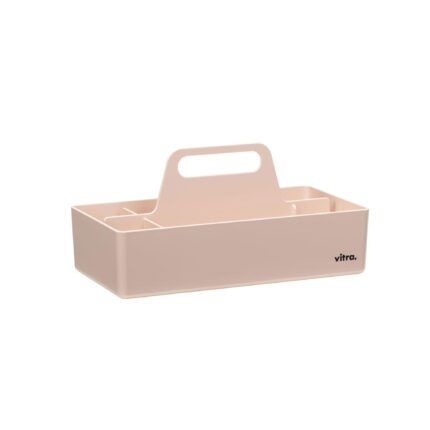 Pink
Pink
 White
White
Toolbox Organizer
Out of stock
€43,20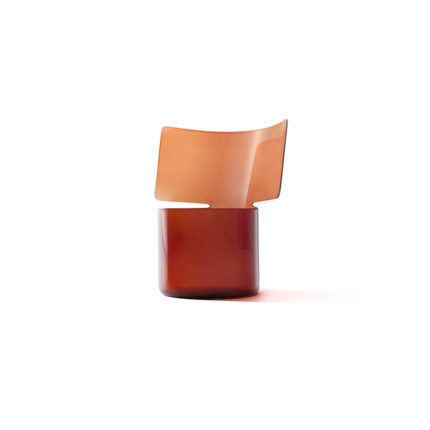
 Brown
Brown
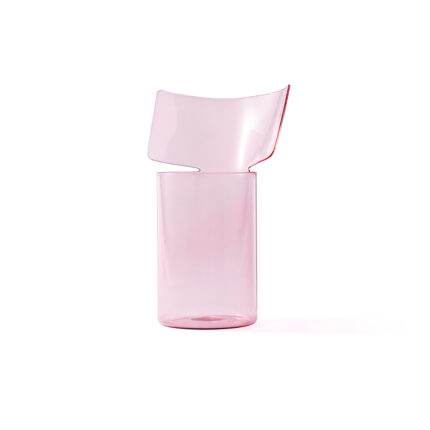 Pink
Pink
Riflessi Vase
In Online Stock
€495,60







